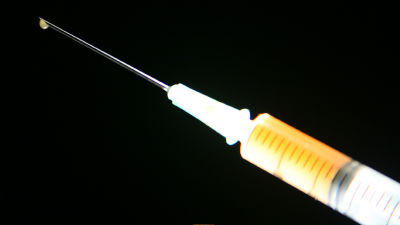What I learned and didn't understand when I went to Auschwitz concentration camp

Auschwitz concentration camp in Poland, where the largest Holocaust in human history took place in Germany under the Nazi regime. There was something I found out when I went there, and there was more I didn't understand.
Hello everyone. This is Atsushi Matsuzaki from the
This time about Auschwitz concentration camp in Poland.
Auschwitz concentration camp is around here
View Auschwitz on a larger map
Auschwitz concentration camp is a concentration camp created in the city of Osifientim in southern Poland, which has caused the largest number of casualties in history due to the racist suppression policy promoted by the German Nazi administration during World War II. be. Auschwitz is a general term for the facilities of the camps that were 1st to 3rd. (Partially quoted from wikipedia)
As a historical background, on September 1, 1939, German troops invaded Poland and World War II began. Auschwitz was originally created to contain Polish political prisoners. However, it is said that the Nazi administration sent Jews and others from all over Europe to Auschwitz over time, and at least 1.3 million people were taken.
About an hour and a half by bus from the city of Krakow to Auschwitz

A beautiful tree-lined road when you get off the bus

The entrance to Auschwitz (camp 1) is also the entrance to the museum

The inside is full of people. About 1.4 million people visit each year, and the number of visitors has tripled in the last 10 years.

Auschwitz 1st and 2nd camps (Birkenau)
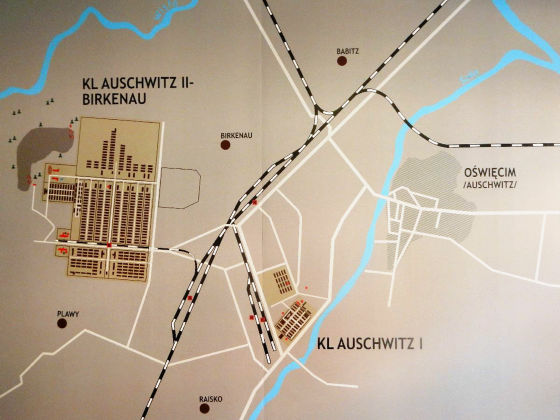
Takeshi Nakatani, who is the only Japanese guide in Auschwitz, will guide you. * The following commentary is based on Mr. Nakatani's commentary and the museum guide.

The main gate of the camp

The slogan of 'ARBEIT MACHT FREI'. In fact, even one in ten could not survive.
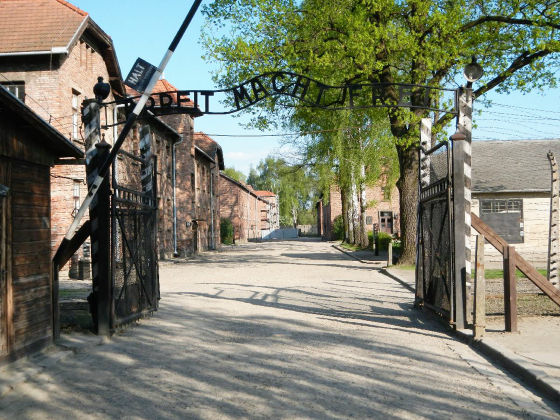
If you look closely, the letter B is reversed. It is said that it is a manifestation of at least the resistance of the inmates who made this.
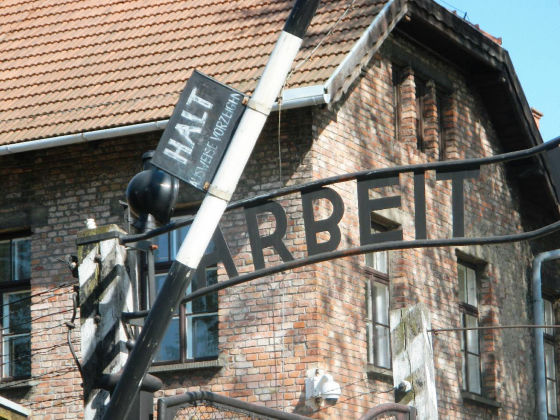
An iron wire was laid around it, and a current of about 220 volts was flowing.

Once inside, the inmate buildings are lined up in an orderly manner. Some of the buildings have been reproduced, but it is said that the scenery was almost like this at that time.

Some inmates' buildings are used as exhibition space
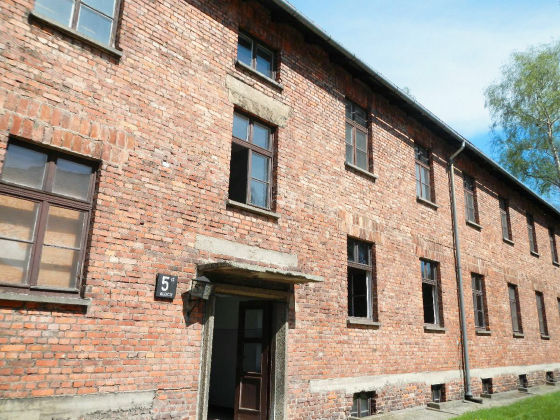
It is in good condition, but at that time it was a wooden floor with straw laid on it.
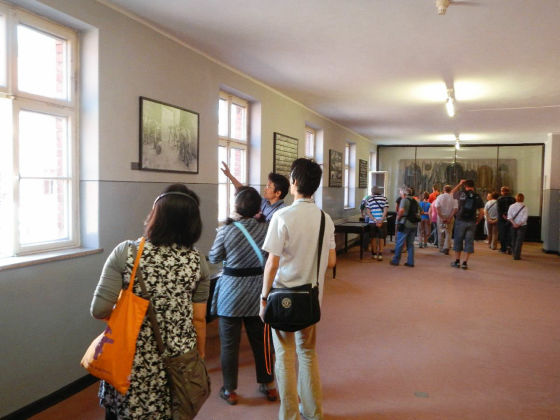
At least 1.3 million people were brought from all over Europe

The breakdown is 1.1 million Jews, 140,000 to 150,000 Poles, and 23,000 ROMA (commonly known as gypsies).

The words of the German Chancellor. Germany at that time was in dire straits due to the loss of the war and pushed Auschwitz 'to regain its former prosperity.'
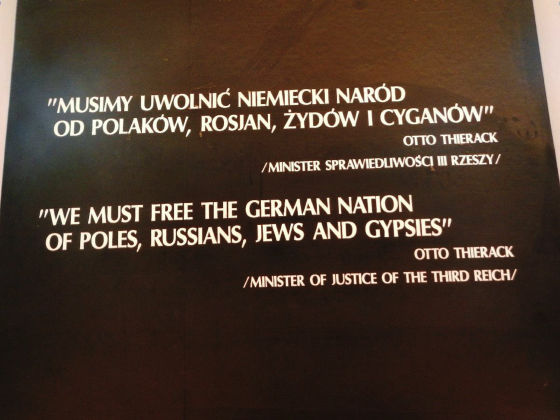
A train carrying people arrives at the second camp. The chimneys in the upper right and upper left of the photo are from the incinerator in the gas chamber.

The freight car had no windows, and the moment it got off, it was dazzling and I couldn't open my eyes.

The current second camp, the angle is different, but the direction is the same.
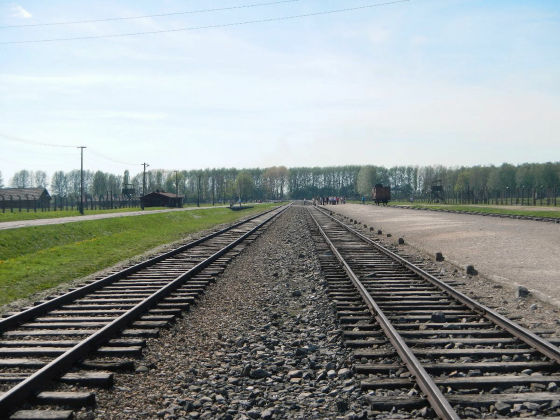
The appearance of children is because the German government advocated the eradication of 'Jewish race'.
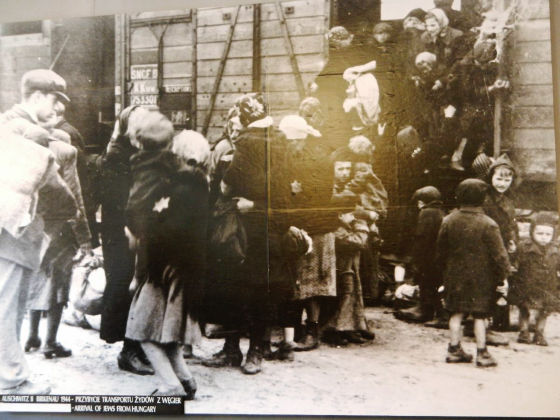
As soon as they arrived, a 'sorting' was carried out to determine if the German surgeon could work by looking at his complexion. About 75% were judged to be unable to work, and when they were collected in the upper right of the photo, they were sent to the gas chamber as they were. At that time, he was told that he would take a shower.
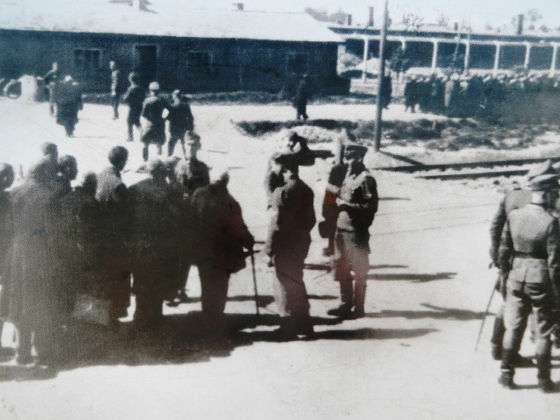
This finger sorted the people

It's about the same angle
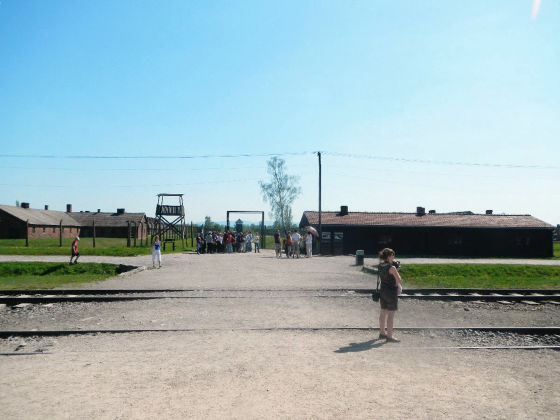
It seems that the luggage confiscated from people is being sorted. People who were brought in to 'give them a place of rest' usually brought their entire fortune.

Tickets bought by the German government to make people trust their local lives. I made them buy shops and land that do not exist elsewhere.
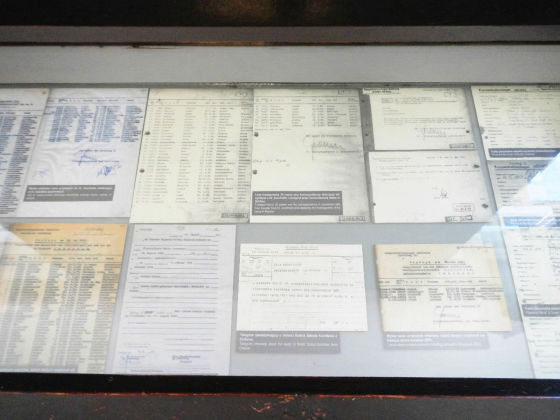
Confiscated glasses
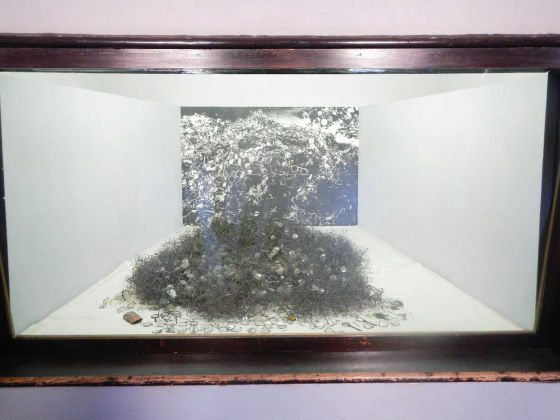
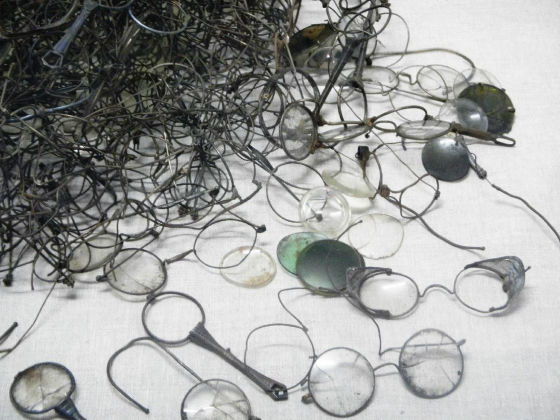
Confiscated bag
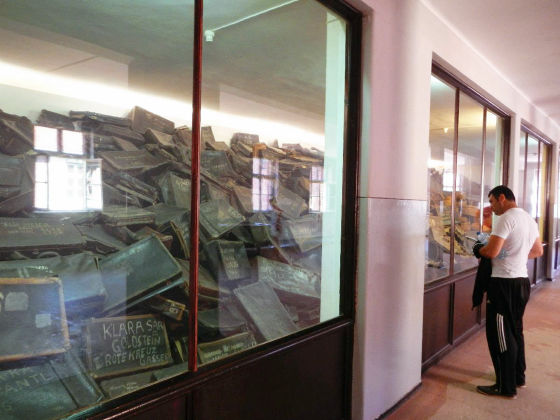
To reassure me, I asked them to write their name, address, etc.

Forfeited shoes

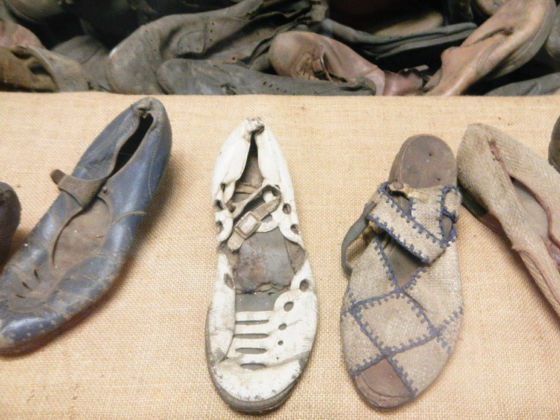
Some people were aware of what kind of life was waiting for them, but they said that they brought 'to keep hope (testimony of former inmates)'.
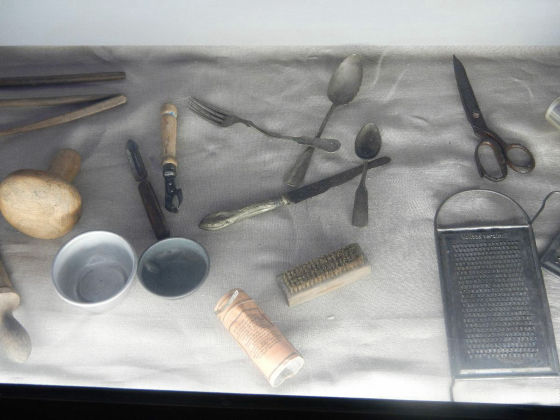
Confiscated prosthesis. The German government also excluded people with disabilities.
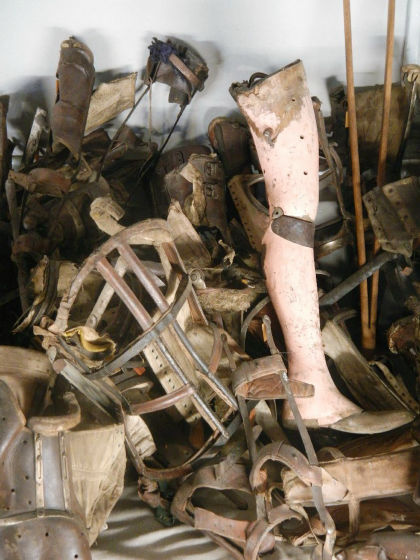
A report issued by the camp to the headquarters in Berlin (because of the national policy, the events of the camp were to be recorded one by one). However, it is only written as money. It seems that the money whose source was hidden also flowed to Swiss banks.
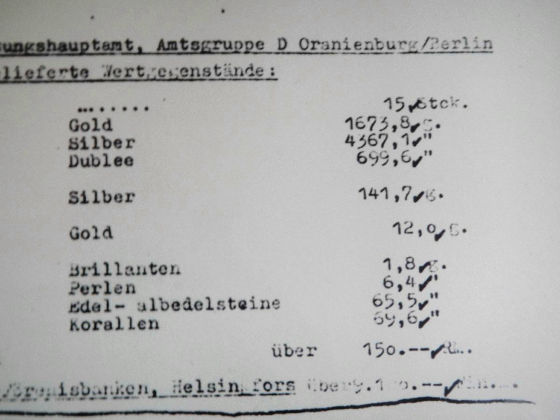
In the area where photography was prohibited, the hair cut from the inmates was piled up high. The hair was processed as cloth and put on the market, and the profit became a national fund. The series of work was done by the inmates.
From here, we will look at the life in the camp.
The second camp, which had more than 300 inmates on a land of 530,000 tsubo. The railroad tracks that freight cars pass through ...
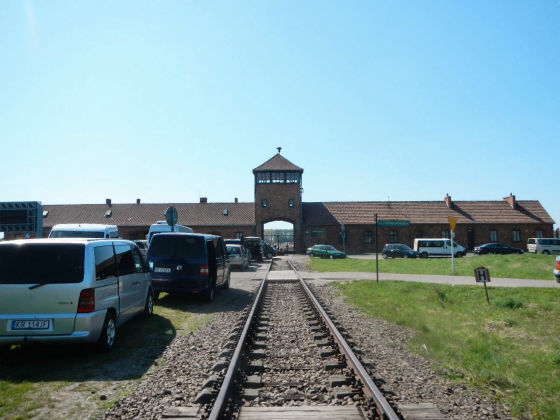
It continues into the camp. This track was connected from all over Europe.

In 1944, the number of inmates' roll calls reached about 100,000.
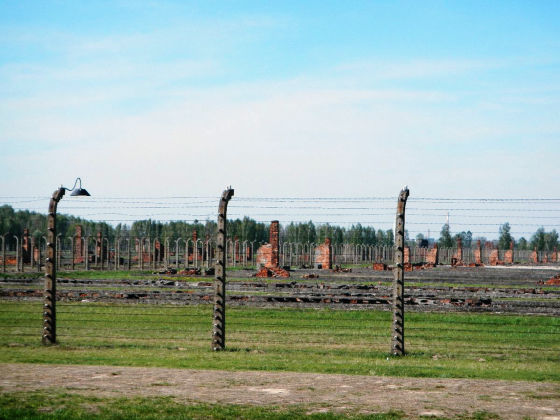
There are 67 prisoner buildings remaining today.

When he was detained, he had his hair cut to prevent infectious diseases. It is the inmate who cuts the hair.
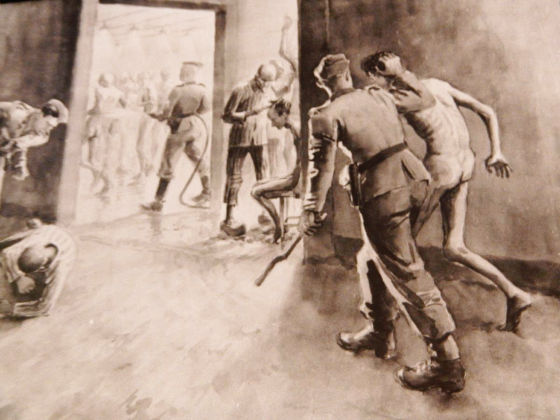
Dressed clothes

Inside the inmate building. About 400 people were housed in this.

An average of two people were sleeping in one space. Even when it reaches -20 ℃ in winter.
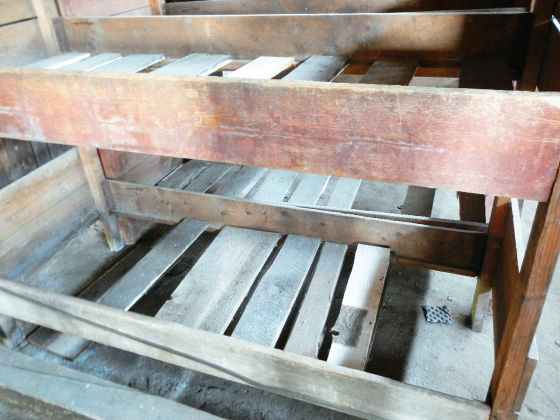
It is said that he worked about 11 hours a day.
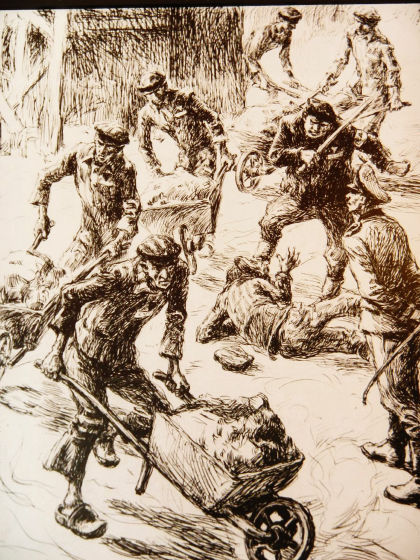
A state of making a detainee's ridge. It is the inmate who owns and manages the club.

The reason I was pulled by such a roller and died was because I had to run and work.
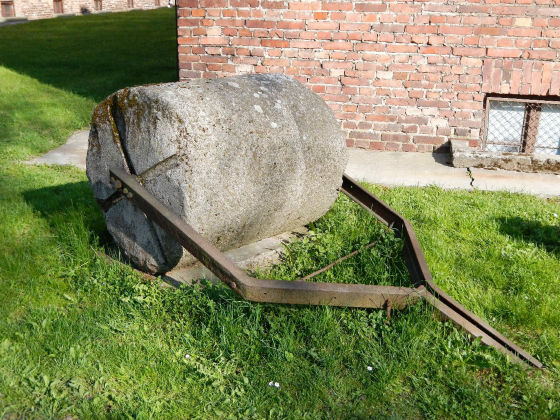
It looks like he's coming back from work. I had to walk (quickly) to the rhythm of the band of inmates. The person who is in charge is the person who lost his life during work.
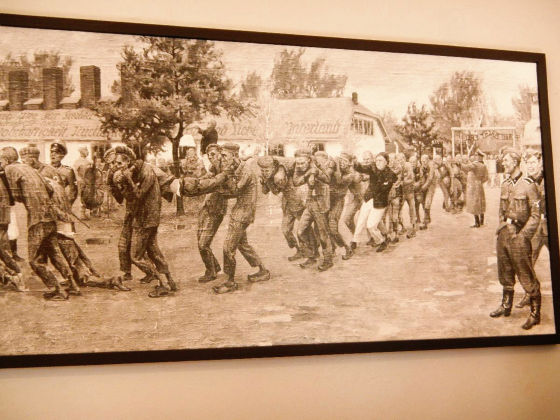
Breakfast is a liquid called coffee, and lunch is a soup made from rotten vegetables. However, there was a considerable difference in the content among the inmates.
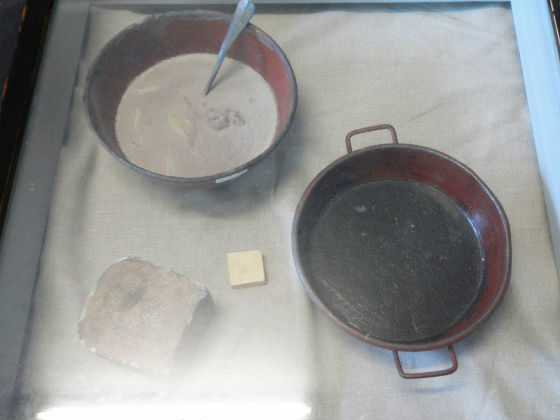
The daily calorie intake was set at about 1300 to 1700 calories, but in reality, half of that was not given, and many people starved to death.
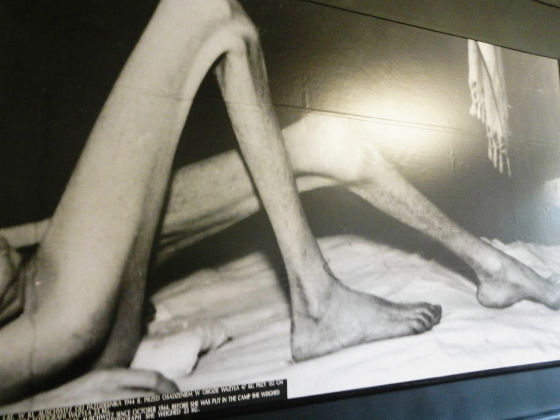
A photo that is tilted and you don't know what you took at first glance. If you enlarge the red frame part ...
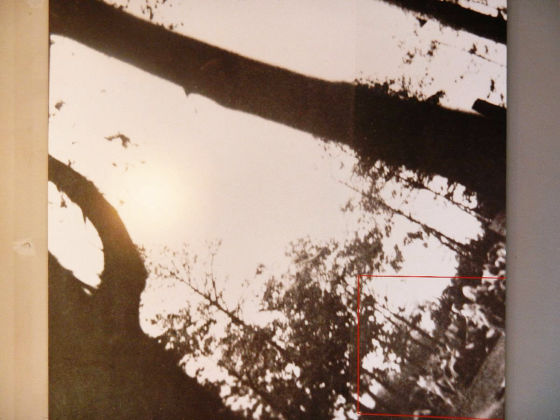
You can see a woman being stripped naked and sent into a gas chamber. Taken in hiding by the inmate.
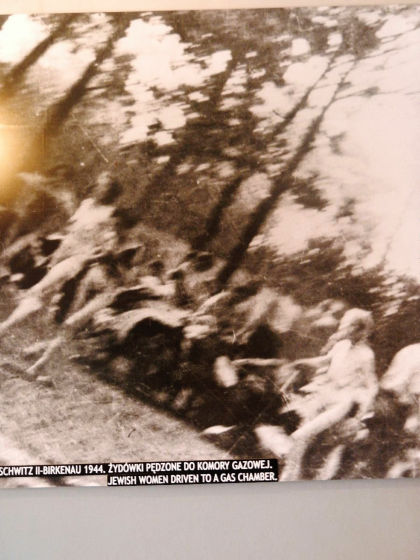
Children who are not considered to be a labor force are usually sent to gas chambers, with the exception of twins, which were used as material for medical experiments in the name of 'to increase the number of excellent ethnic groups.'
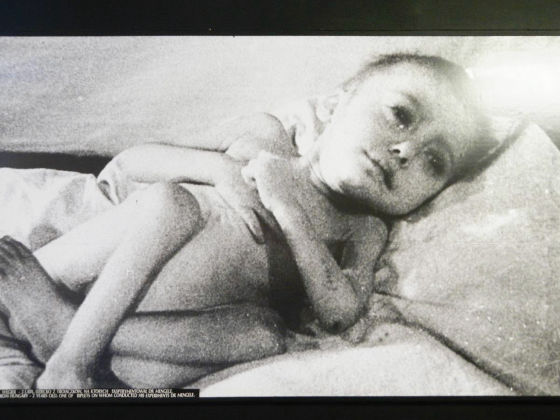
A gypsy girl who was used as a material for medical experiments under the pretext of 'examining inferiority complex'
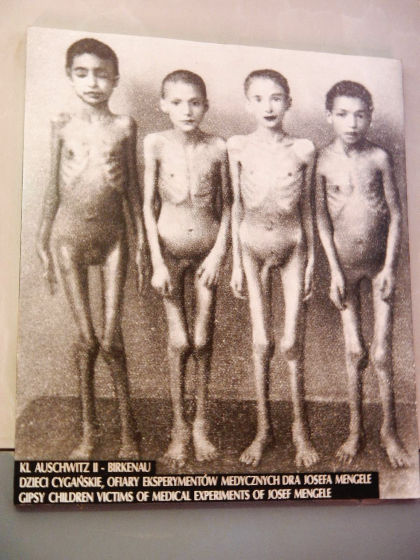
A corner called the 'wall of death'. Mainly humans of resistance organizations were shot dead.

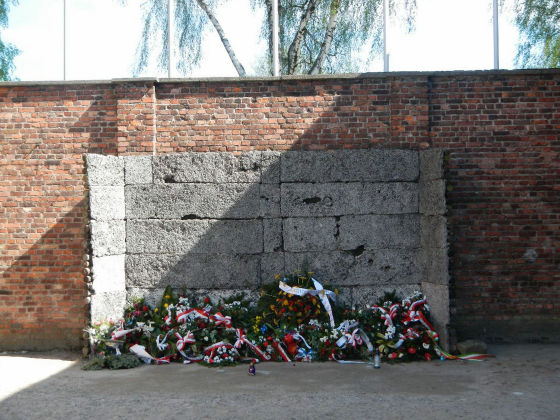
A photo taken by a detainee for reporting to Berlin headquarters. It was a model scene and had the meaning of avoiding international criticism.

Photographs of inmates lined up in the corridor

Detainees lived on average only a few months. This person died in just four days.

Even in such an environment, there were few people who tried to escape, and there were only a few riots with one hand. If the escape was attempted, allies were killed under joint responsibility, and the system in which the inmates manage the inmates created a situation in which it was difficult to have a sense of solidarity.
The last is about the gas chamber.
The purpose of creating the gas chamber was that as time went on, the number of inmates increased and it became impossible to accommodate it. It was also a system that the Germans who manage it wouldn't hurt.
Sketch. C is the dressing room and D is the gas chamber.
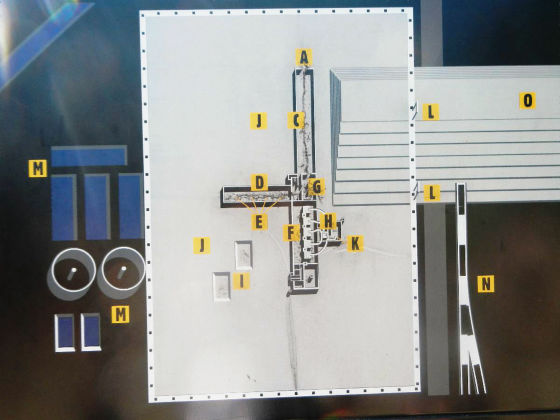
A model of the gas ridge in the second camp. I was able to kill 1500 people at once.
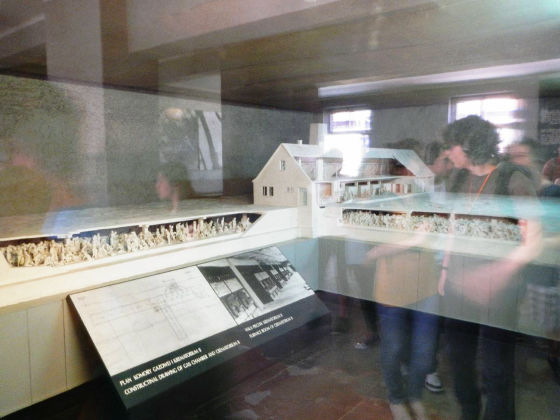
Dressing room
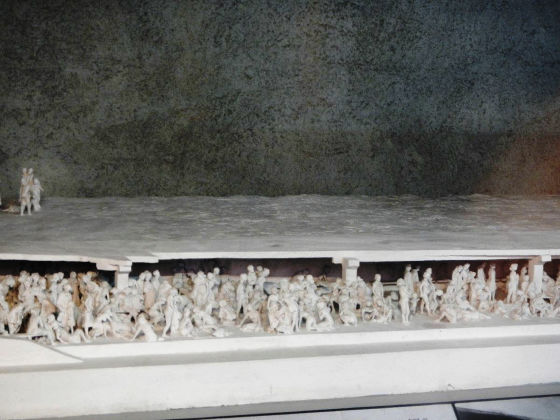
Traces of a dressing room. You can see the stairs in the back
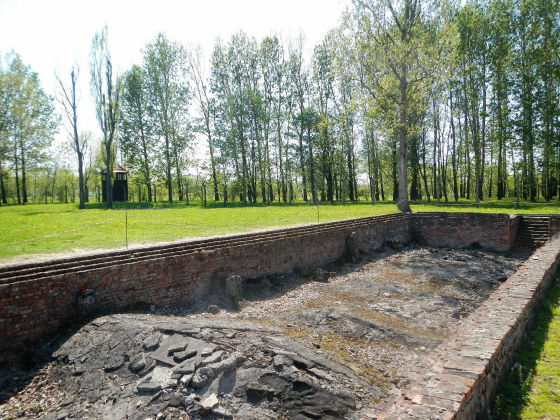
Gas chamber
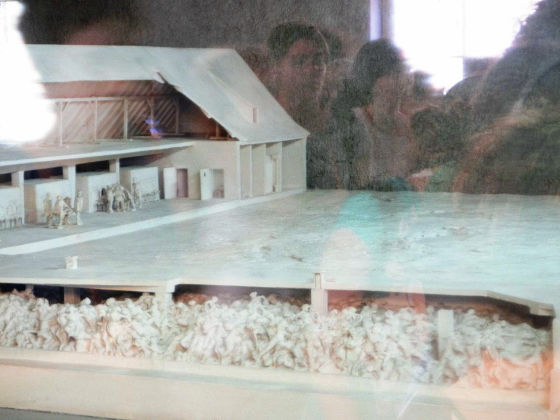
Traces of gas chambers
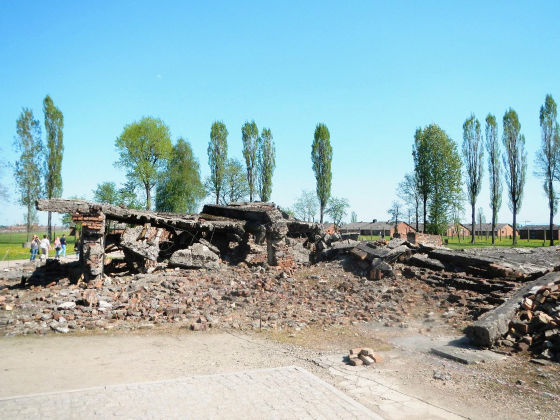
When the war situation worsened, the German government blew up the gas ridge to destroy evidence.
The first camp is smaller than the second, but there is still a gas chamber
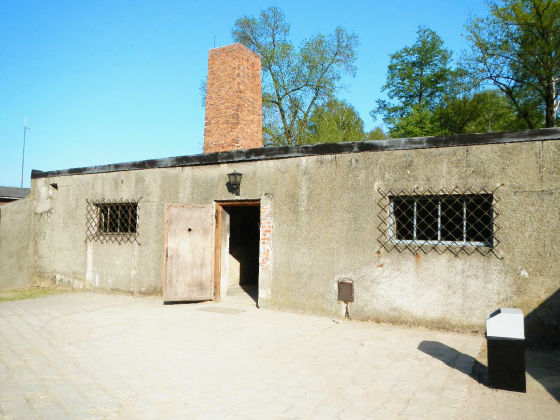
internal
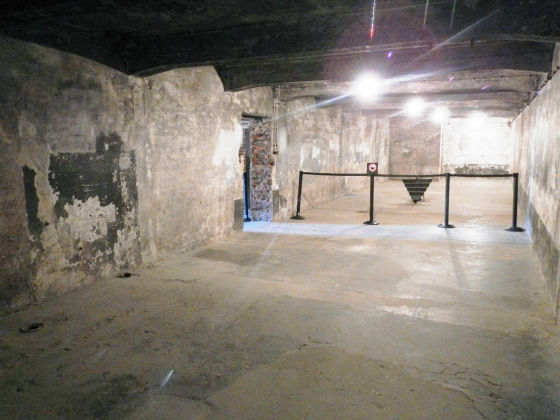
There was a hole in the ceiling, and when a can of gas was thrown in, he was suffocated in 15 to 20 minutes. It was up to the shower faucet for camouflage.
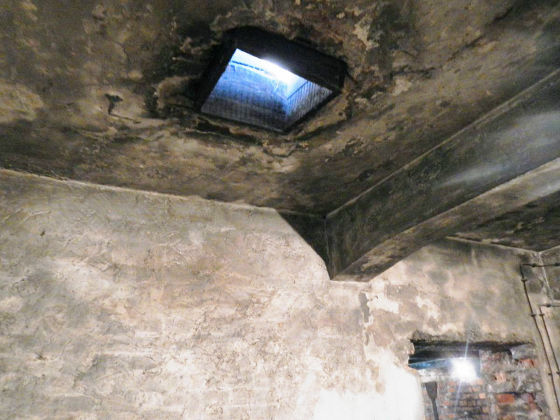
A poisonous drug named Zyklon B used. I was able to kill 150 people with this can. The manufacturer, Degesch, still exists today.
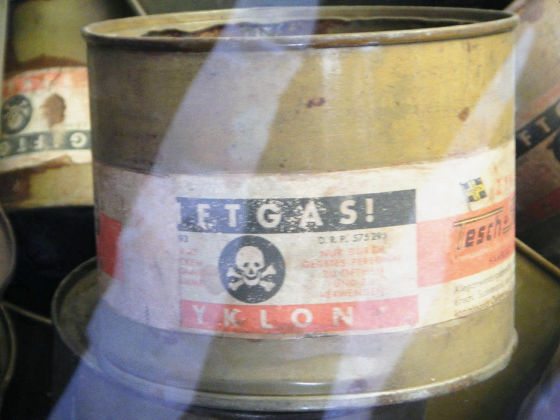
The corpse was carried by the inmate and burned by the inmate in the next incinerator (pictured). If you throw in the can, the Germans don't have to do anything.
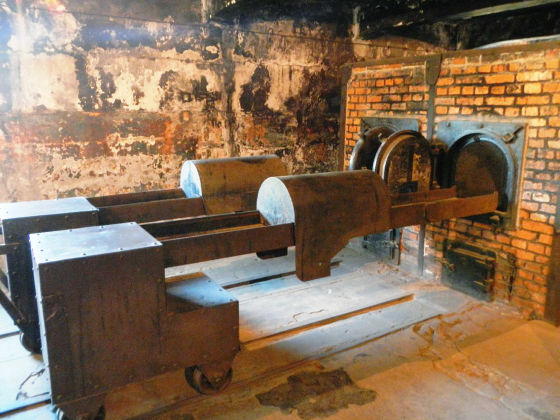
'why?'
There were many things I couldn't understand even if I knew the facts, thought about it, thought about it, and tried my imagination.
The guide said, 'There are things I can understand because I came here, so I want everyone to take a step further and think about it.'
I created this article because I wanted you to feel it as much as possible.
(Text / Photo: World Newspaper / Atsushi Matsuzaki http://sekaishinbun.blog89.fc2.com/ )
Related Posts:
in Coverage, Posted by logc_nt




